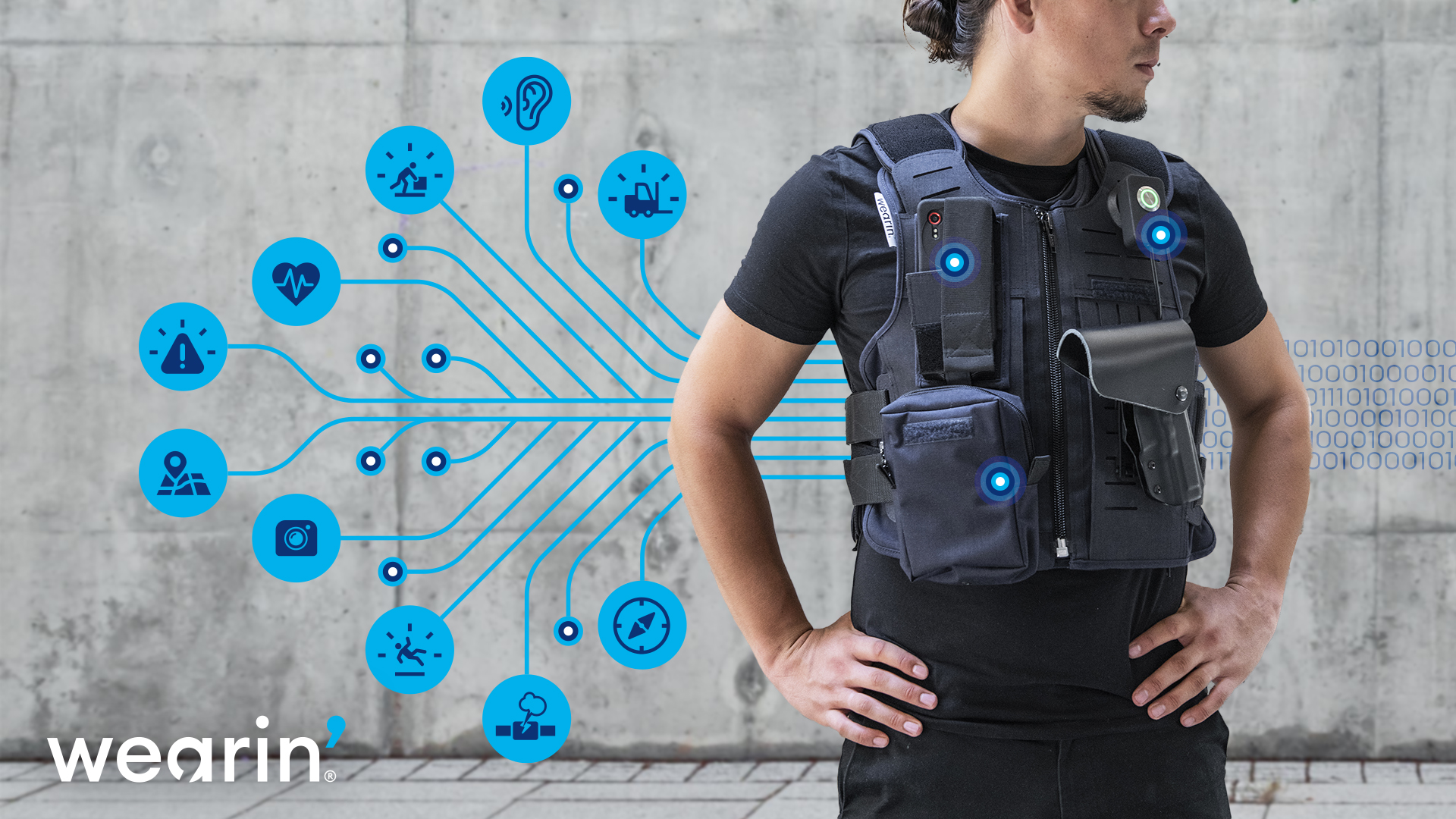In the world of sports, ensuring fairness and accountability has always been a top priority. With the advancements in technology, particularly the introduction of body-worn cameras, teams, and athletes now can provide concrete evidence of their actions both on and off the field. This innovation has not only revolutionized the way sports are played and officiated but also increased transparency and trust among fans and stakeholders.
The Impact of Body-Worn Cameras in Sports
1. Enhanced Transparency
- Body-worn cameras provide a first-person perspective of the game, allowing viewers to see exactly what the athletes see.
- Officials can review footage to make more accurate decisions, leading to a fairer outcome.
- Transparency in sports builds trust among fans, sponsors, and governing bodies.
2. Improved Training and Performance Analysis
- Athletes can review their performance from different angles to identify areas for improvement.
- Coaches can use footage to analyze tactics, strategies, and player movements for more effective training sessions.
- Body-worn cameras help enhance a team's overall performance and competitiveness.
Applications of Body-Worn Cameras in Different Sports
1. Football (Soccer)
- Referees use body-worn cameras to review controversial decisions such as penalty calls and red card incidents.
- Players wear cameras during training sessions to analyze their movements and positioning on the field.
- Fans get a closer look at the game through the eyes of their favorite players, creating a more immersive experience.
2. Basketball
- Coaches utilize body-worn cameras to track player movements and optimize offensive and defensive strategies.
- Referees can review footage to ensure the accuracy of game-deciding calls, such as last-second shots or foul situations.
- Players can study their shooting form and footwork to enhance their skills on the court.
3. American Football
- Quarterbacks wear cameras to analyze their decision-making process and field awareness during games.
- Coaches use footage to evaluate player performance, assess injuries, and strategize for upcoming matches.
- Instant replay technology with body-worn cameras has significantly reduced officiating errors and enhanced the overall viewing experience for fans.
The Future of Accountability in Sports
1. Integration of Artificial Intelligence (AI)
- AI algorithms can analyze body-worn camera footage to provide real-time insights on player performance and game strategies.
- Predictive analytics can help coaches make data-driven decisions and optimize team tactics based on historical data.
- AI-powered referee assistance systems can assist in making accurate calls and reducing human errors during games.
2. Virtual Reality (VR) Experiences
- Fans can immerse themselves in the game through VR experiences that simulate the perspective of players wearing body-worn cameras.
- VR technology allows viewers to feel like they are on the field, enhancing their engagement and connection to the sport.
- Teams can use VR training simulations to replicate game scenarios and improve player decision-making under pressure.
Overall, the introduction of body-worn cameras in sports has had a profound impact on accountability, transparency, and performance analysis. As technology continues to evolve, we can expect even more innovative solutions to enhance the way sports are played, officiated, and experienced by fans. Seeing truly is believing when it comes to the power of body-worn cameras in shaping the future of sports.

